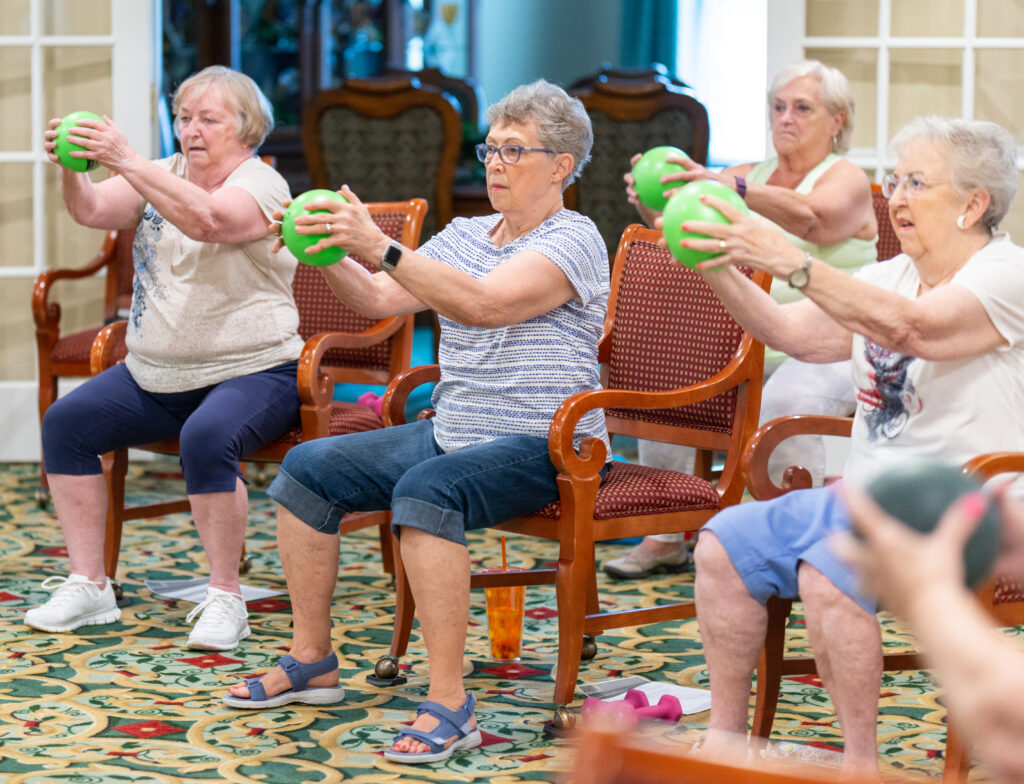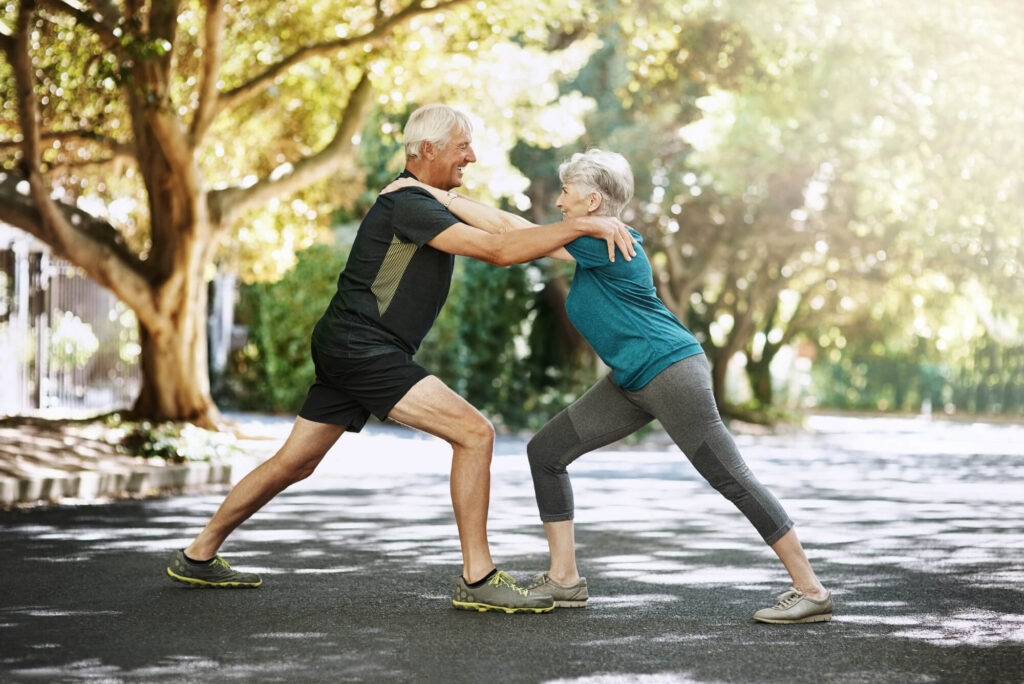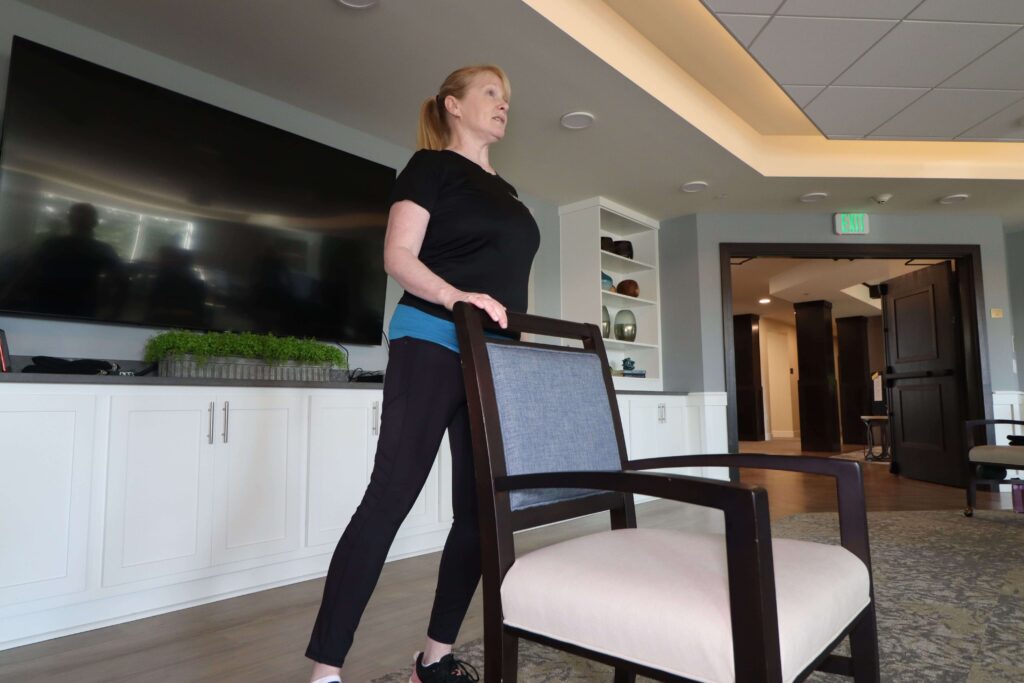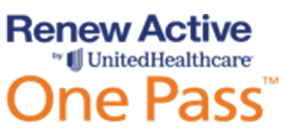As we age, maintaining physical fitness becomes increasingly important for our overall health and well-being. Senior fitness classes offer a fantastic way for older adults to stay active, healthy, and independent. Whether you’re a senior citizen looking to boost your fitness or part of an assisted living community or recreation center, these classes can provide numerous benefits. Let’s explore why senior fitness classes are essential and how they can help you lead a more vibrant life.
Why Senior Fitness Classes Matter
Senior fitness classes are designed specifically to meet the needs of older adults. These classes focus on exercises that improve strength, balance, flexibility, and cardiovascular health. By participating in fitness programs for seniors, you can enjoy a range of benefits that contribute to a healthier and more independent lifestyle.
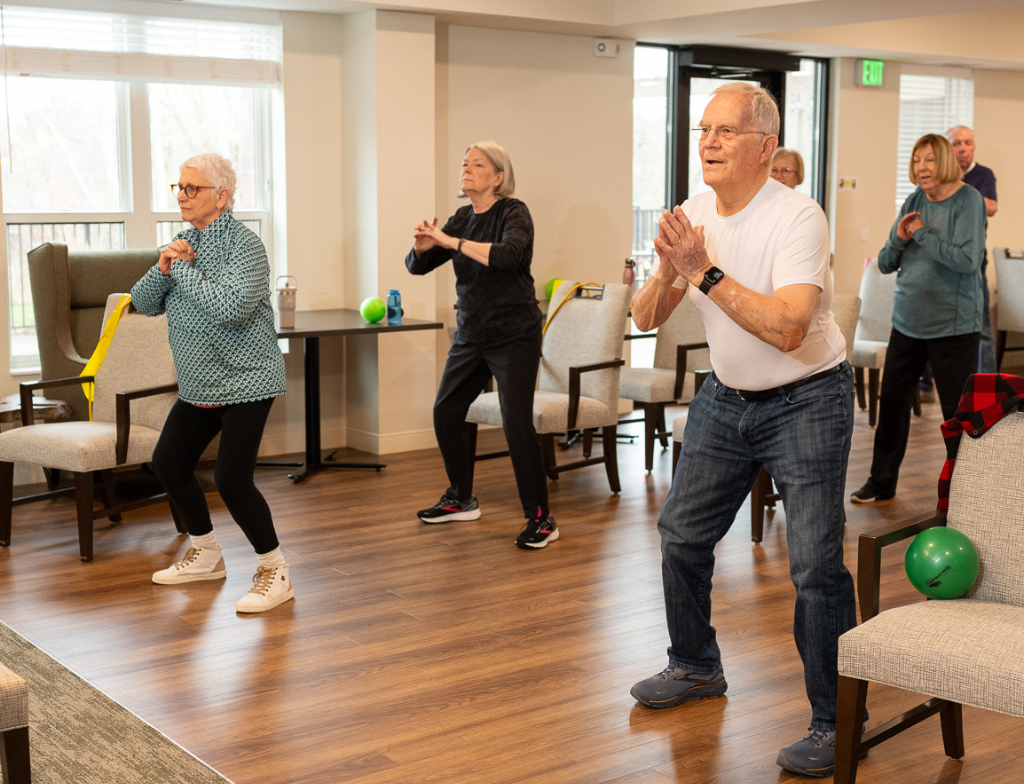
Benefits of Physical Fitness for Seniors
- Improved Strength and Mobility Regular exercise helps build muscle strength and improve mobility. This is crucial for performing daily activities with ease, such as walking, climbing stairs, and carrying groceries. Exercise classes for elderly often include strength training exercises that target major muscle groups, helping seniors maintain their independence.
- Enhanced Balance and Coordination Falls are a common concern for older adults, but senior wellness programs that include balance and coordination exercises can significantly reduce the risk. Activities like yoga and tai chi are excellent for improving balance and preventing falls, ensuring seniors can move confidently.
- Better Cardiovascular Health Cardiovascular exercises, such as walking, swimming, and cycling, are vital for heart health. Assisted living fitness activities often incorporate low-impact aerobic exercises that boost cardiovascular health without putting too much strain on the joints.
- Increased Flexibility Stretching exercises are a key component of recreation center fitness for seniors. Improved flexibility can help reduce stiffness and pain, making it easier to perform everyday tasks and enjoy recreational activities.
- Social Interaction and Mental Well-being Senior group exercise classes provide an excellent opportunity for social interaction. Engaging with peers in a supportive environment can enhance mental well-being, reduce feelings of loneliness, and promote a sense of community.
Types of Senior Fitness Classes
There are various types of fitness programs tailored for seniors, each offering unique benefits:
- Low-impact workouts for seniors: These classes focus on gentle exercises that minimize stress on the joints, making them ideal for individuals with arthritis or other joint issues.
- Active aging fitness programs: Designed to promote overall health and vitality, these programs include a mix of strength, balance, and cardiovascular exercises.
- Senior health and fitness: Comprehensive programs that address all aspects of physical fitness, including nutrition and lifestyle habits.
How to Get Started
Getting started with senior fitness classes is easy and rewarding. Here are some steps to help you begin your fitness journey:
- Consult Your Healthcare Provider Before starting any new exercise program, it’s important to consult your healthcare provider. They can provide guidance on the types of exercises that are safe and beneficial for your specific health needs.
- Find a Local Class Many assisted living communities and recreation centers offer fitness programs for seniors. Look for classes that cater to your interests and fitness level and are taught by Senior Fitness Experts.
- Start Slow and Build Up If you’re new to exercise, start with low-impact workouts and gradually increase the intensity. Senior group exercise classes often provide modifications to accommodate different fitness levels, ensuring everyone can participate comfortably.
- Stay Consistent Consistency is key to reaping the benefits of physical fitness. Aim to attend classes regularly and incorporate physical activity into your daily routine. Over time, you’ll notice improvements in your strength, balance, and overall health.
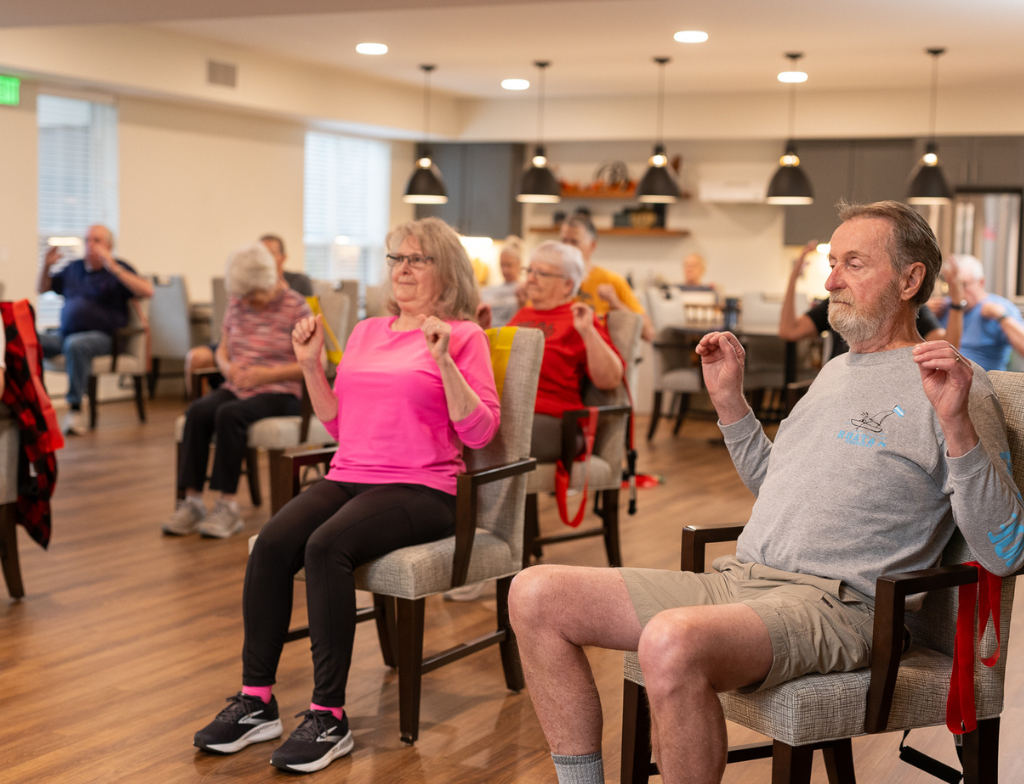
Conclusion
Senior fitness classes are a wonderful way to enhance physical health, boost independence, and enjoy a more active lifestyle. By participating in exercise classes, you can improve your strength, balance, flexibility, and cardiovascular health, all while enjoying the social benefits of group activities. Whether you’re part of an assisted living community or a recreation center, these classes offer a supportive and engaging environment to help you stay fit, healthy and Independent!
At Live 2 B Healthy, we offer varied fitness sessions tailored specifically for older adults. Our certified trainers help seniors improve mobility, balance, and flexibility in a safe and supportive environment—no prior experience is needed.
Contact us today to bring a customized senior fitness program to your community and experience the difference with trainers who specialize in Senior Fitness.

